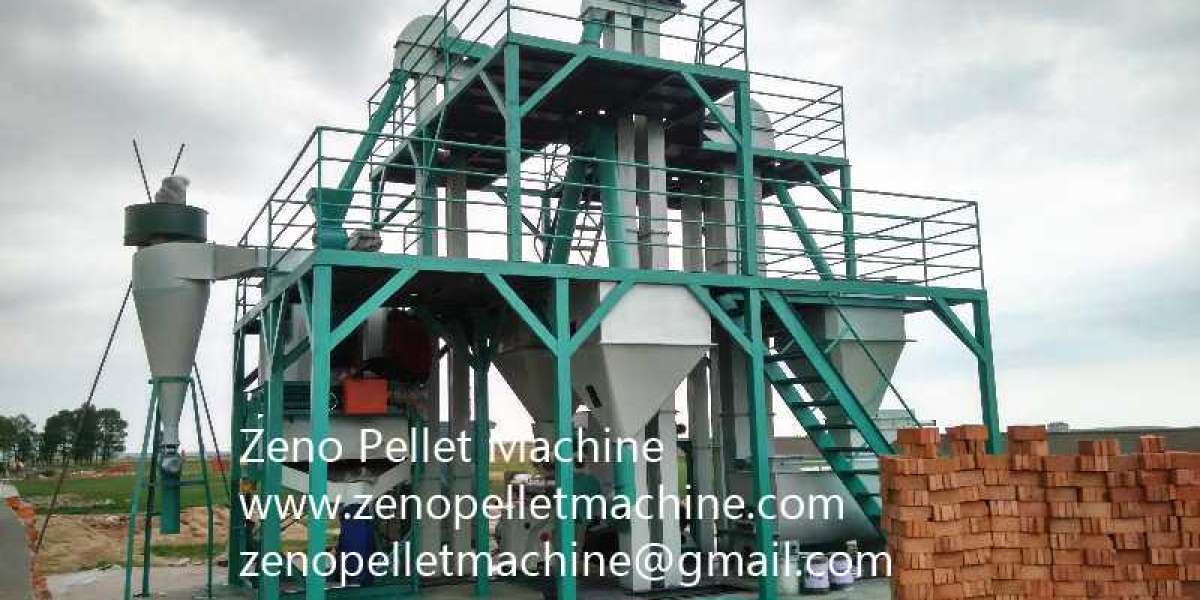Managing the moisture profile in feed is essential at the feed production line, in transport and during storage.
Various processes and conditions that occur during feed manufacturing can adversely affect feed quality and producers’ economics, organic acid blends are a useful tool supporting feed manufacturing efficiency, optimising feed integrity and supporting feed hygiene.
What risks can organic acid blends help manage and how can their usefulness extend beyond the feed mill?
How can organic acids help minimise losses that can occur during feed production?
Friction during grinding in the manufacturing process generates heat which leads to moisture loss. The result can be lost weight of the feed produced and a sub-optimal pellet. A hydrating solution comprised of water mixed with blends of surfactants and organic acids introduced into the mixing process can improve wetting and absorptive properties of the feed. As moisture is distributed more evenly throughout the ingredients, the principles of surface tension support better binding and cooking in the conditioner. The surfactant’s binding abilities also optimise starch gelatinization and reduce moisture loss from the feed.
How effective are various measures used to reduce moisture loss during feed production?
Steam, added water and the use of hydrating solutions are 3 approaches to reducing moisture loss during feed production. Feed production practices using only steam during conditioning generally result in a 1% loss of moisture as feed ingredients go through the manufacturing process. When a concentration of 1.5% water is added into the mixer, moisture loss is reduced by .5%. The addition of an emulsifier with 1.5% added water can result in a break-even where lost moisture is recouped. Increasing the amount of water added to 3% water along with an emulsifier may even support a process gain in moisture – especially in dry environments.
What is the economic implication for chicken feed production line ?
Optimising feed mill efficiency can increase not only moisture levels in feed, but also economics for feed mills. Table 1 provides a practical example based on a facility producing 36,000 tonnes of feed per year. The table assumes a moisture uplift benefit of 1% – a fairly typical result. Based on this average uplift benefit, the production and financial advantage amounts to 360 tonnes of additional feed weight equating to € 90,000.
How does the addition of moisture impact production efficiency?
Throughput refers to the amount of feed being processed per hour. Optimising moisture management has been shown to improve throughput. Based on analysis by Trouw Nutrition, throughput in the pelletiser can be improved about 10% by improving moisture management. Again, because the surfactant ensures an even spread of organic acids and water, the heat conductivity is improved and leads to better cooking during the feed conditioning process. The better cooking results in a higher level of starch gelatinization, which reduces friction in the pelletiser, allowing the equipment to improve production efficiency. Again, using an example of a feed mill producing 36,000 tonnes annually, a 10% increase in throughput equates to about 3,600 tonnes of additional product in the same amount of time.
How do surfactants and organic acids support feed quality post-production?
Buffered blends of organic acids can help safeguard microbiological risks after feed leaves the mill and protect against recontamination risk across the distribution chain. The buffering of organic acids is essential to less evaporation and longer efficacy of the solution. As hygiene enhancers, organic acids also provide a good alternative to formaldehyde which has been banned in the EU for several years.
These benefits have been confirmed in various shelf life studies. For example, a study comparing a synergistic blend of organic acids and a surfactant (Fylax Forte-HC liquid) and formaldehyde found that the blend delivered 3 times better shelf life compared to formaldehyde. And while formaldehyde is a potent and aggressive compound in environments where its use is still permitted, it quickly evaporates. In studies where only water was used – without any hygiene enhancer, feed shelf life was reduced 33%. The addition of the surfactant and a buffered organic acid blend improved shelf life by 13%.



